AMYLOPECTIN
- CAS NO.:9037-22-3
- Empirical Formula: C30H52O26
- Molecular Weight: 828.71828
- MDL number: MFCD00130510
- EINECS: 232-911-6
- SAFETY DATA SHEET (SDS)
- Update Date: 2025-12-17 09:50:06

What is AMYLOPECTIN?
Description
If you’re making gravy for your Thanksgiving meal, you’ll need some starch. Also, called amylum, starch is the component of plants that stores energy, much as animals store fats. Corn, wheat, and potatoes are especially rich in starch.
Starch consists of complex carbohydrates; the most abundant are amylopectin (≈70–80 wt% of starch) and amylose1 (the remaining ≈20–30 wt%). Both constituents are made up of chains of α-D-glucopyranosyl units. The difference between the two is that amylopectin is a branched-chain polymer that contains 1→4 and 1→6 α-D-glucopyranosyl linkages. Amylose is a helical polymer with only 1→4 α-D-glucopyranosyl linkages.
Amylopectin and amylose are insoluble in water; but as starch they do an excellent job of thickening and stabilizing water-based mixtures such as gravy, sauces, and soups. Amylopectin has excellent film-forming properties and is used to make edible food coatings. Its presence in starch also makes it useful for sizing textiles; it adds rigidity by reordering into crystalline structures. Science Direct has more information about the chemistry and uses of amylopectin.
When you’re preparing your favorite gravy recipe for your Thanksgiving stuffing, remember that it’s the amylopectin that makes it possible.
Chemical properties
a-amylase substrate
The Uses of AMYLOPECTIN
Amylopectin is a glucose-based, highly-branched polysaccharide which together with amylose makes starch. The glucosidic bonds of amylopectin are α-1,4 in the glucan chain and α-1,6 at the branch points. Amylopectin from maize differs in structure form amylopectin from other plant species and is used in the study of the development of starches.
The Uses of AMYLOPECTIN
immune-modulating glucan with reported potential in immunotherapy of chronic hepatitis, diseases of the digestive and respiratory systems, anti-tumor activity for breast, cervical, liver and uterine cancers.
Definition
The outer, almost insoluble portion of starch granules. It is a hexosan, a polymer of glucose, and is a branched molecule of many glucose units. It stains violet with iodine and forms a paste with water.
Definition
The waterinsoluble fraction of STARCH.
Definition
amylopectin: A polysaccharide comprising highly branched chains of glucose molecules. It is one of the constituents (the other being amylose) of starch.
General Description
α-1,4-glucan with α-1,6-cross-linking; one terminal group per 25 glucose units
Agricultural Uses
Amylopectin is a polysaccharide consisting of various proportions of two glucose units joined by 1-4 linkages. The positions are where the two glucose units are linked to form the corresponding polymer. Amylose and amylopectin are examples of this polysaccharide. Amylopectin is less soluble in water and gives red or purple color with iodine.
Properties of AMYLOPECTIN
| Melting point: | 160-166 °C |
| solubility | insoluble |
| appearance | white powder |
| form | Powder |
| color | White |
| Merck | 14,481 |
| EPA Substance Registry System | Amylopectin (9037-22-3) |
Safety information for AMYLOPECTIN
Computed Descriptors for AMYLOPECTIN
New Products
Indole Methyl Resin tert-butyl 9-methoxy-3-azaspiro[5.5]undecane-3-carboxylate Boc-His(Boc)-OH 2-CTC Resin 4-Chloro-7-tosy1-7Hpyrrolo[2,3-d]pyrimidine 5,7-Dibromo-1H-indole 2,5-dichloro-N-hydroxy-4,6-dimethylpyridine-3-carboximidamide 2,2-Dimethoxy-7-azaspiro[3.5]nonane hydrochloride 4-chloromethyl-5-methyl-1,3-dioxol-2-one (DMDO-Cl) R-2-BENZYLOXY PROPIONIC ACID 1,1’-CARBONYLDIIMIDAZOLE 1,1’-CARBONYLDI (1,2-4 TRIAZOLE) N-METHYL INDAZOLE-3-CARBOXYLIC ACID 4-((2-hydroxyethyl)thio)benzoic acid 1-(TERT-BUTOXYCARBONYL)-2-PYRROLIDINONE Methyl 6-methylnicotinate 3-Pyridineacrylic acid tert-Butyl carbazate TETRAHYDRO-2H-PYRAN-3-OL 2-((4-morpholinophenylamino) (methylthio) methylene) malononitrile 3-(4-morpholinophenylamino)-5-amino-1H-pyrazole-4-carbonitrile 2,4-dihydroxybenzaldehyde 1,3-Diethyl-1,3-Diphenylurea Methyl 2-methylquinoline-6-carboxylateRelated products of tetrahydrofuran
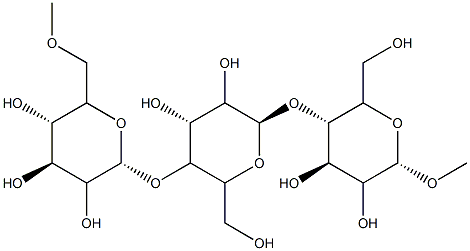

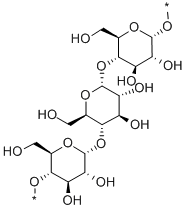
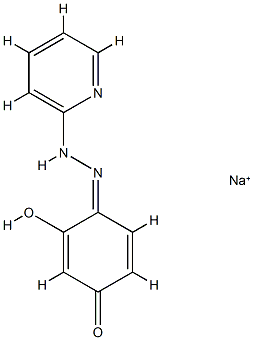
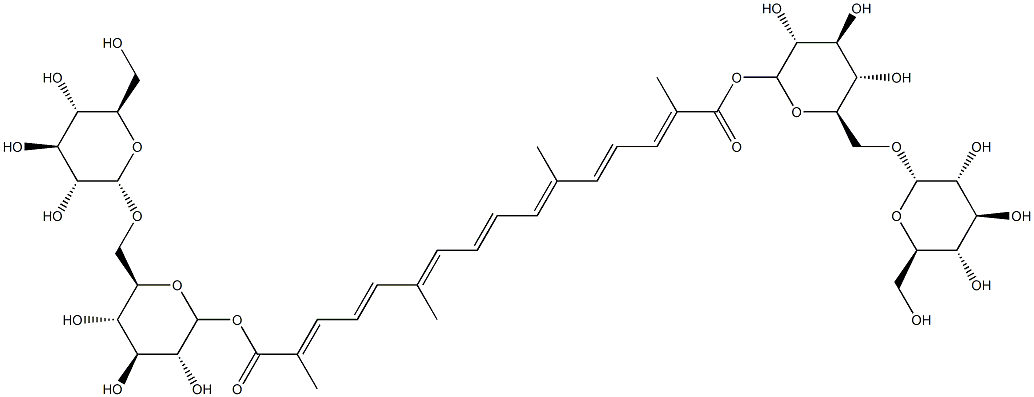



You may like
-
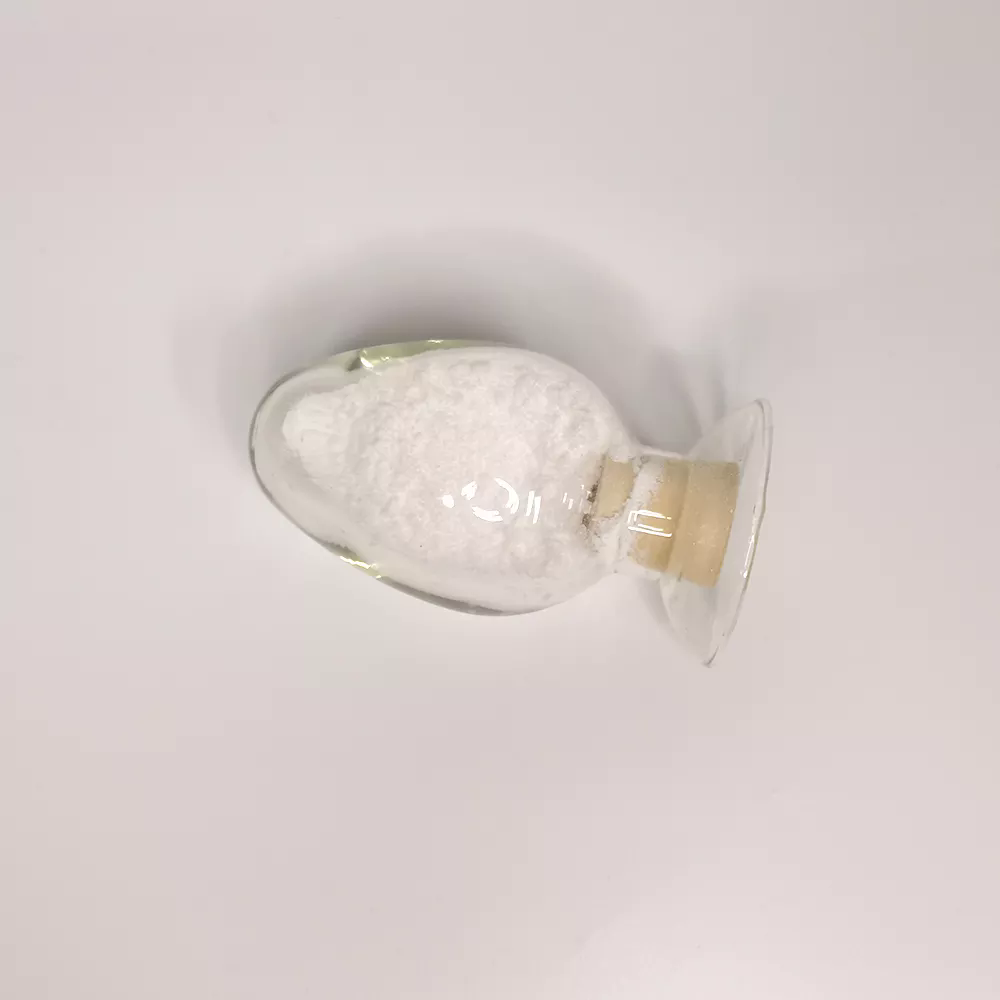 AMYLOPECTIN 99%View Details
AMYLOPECTIN 99%View Details -
 Amylopectin (Amylose free), from Waxy Corn CAS 9037-22-3View Details
Amylopectin (Amylose free), from Waxy Corn CAS 9037-22-3View Details
9037-22-3 -
 Amylopectin, from potato starch CAS 9037-22-3View Details
Amylopectin, from potato starch CAS 9037-22-3View Details
9037-22-3 -
 Amylopectin from maize CAS 9037-22-3View Details
Amylopectin from maize CAS 9037-22-3View Details
9037-22-3 -
 Pyridine 99.5% HPLC /UV SpectroscopyView Details
Pyridine 99.5% HPLC /UV SpectroscopyView Details
110-86-1 -
 Dibutyl PhthalateView Details
Dibutyl PhthalateView Details
84-74-2 -
 Imidazole Spot supply, competitive priceView Details
Imidazole Spot supply, competitive priceView Details
288-32-4 -
 Thiourea 99% ARView Details
Thiourea 99% ARView Details
62-56-6
